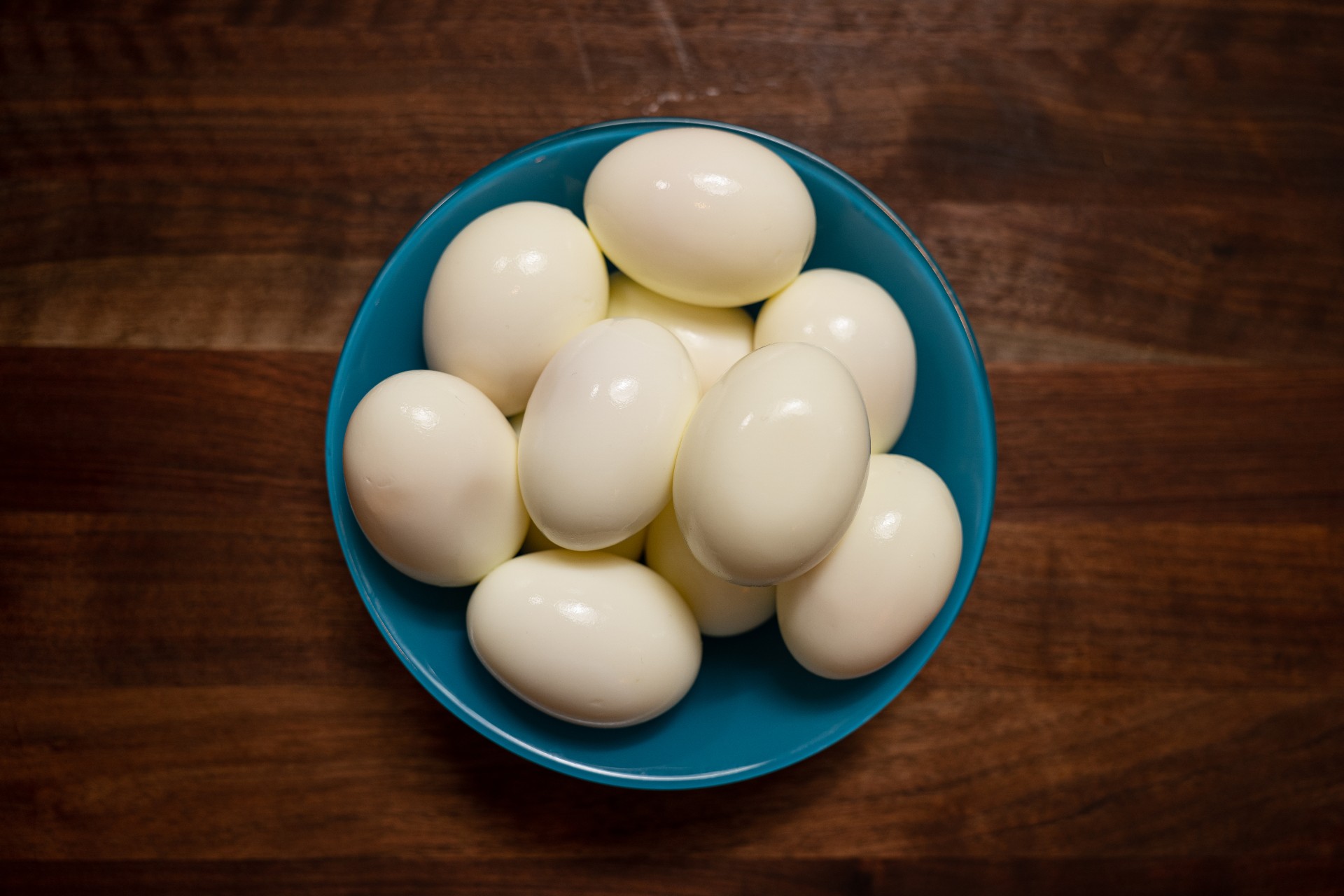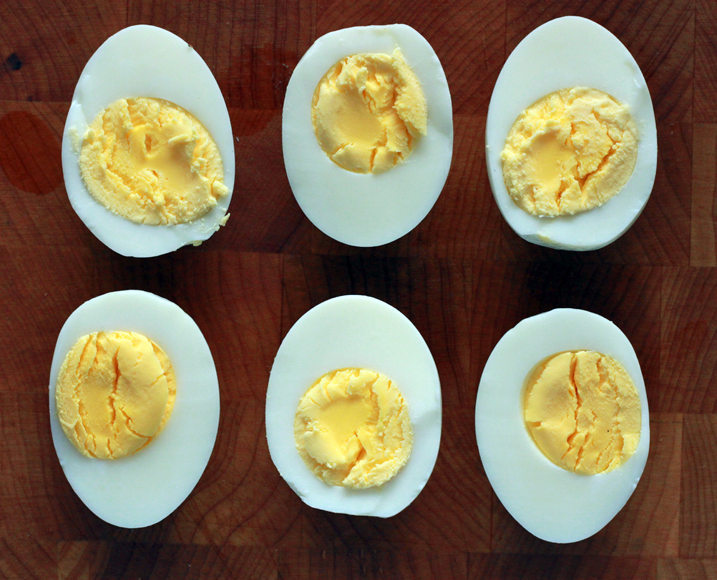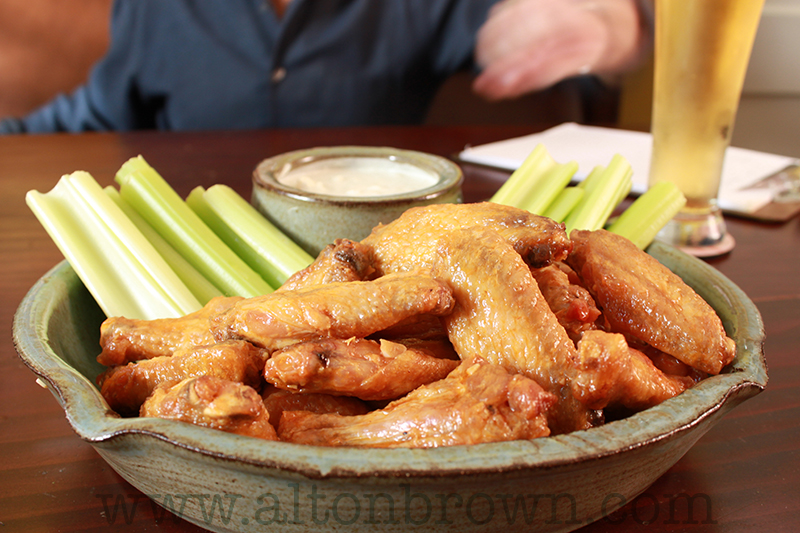
Our secret for easy-peel hard-boiled eggs, a healthy make-ahead breakfast that’s as simple as it is delicious.
Behold the egg: A cheap and nutrient-dense source of protein that, when cooked correctly, is a creamy and satisfying addition to any meal. Whether you’re trying to get back to “healthy habits” after the holidays or are just looking for a quick, make-ahead breakfast, hard-boiled eggs are an obvious go-to.
In the test kitchen, the way we cook our eggs has evolved over the years to use steam rather than boiling water. Here, we share our secret for easy-peel hard-boiled eggs… But first, some science.
The Facts
While eggs have gotten a bad nutritional wrap over the years — mostly for the high concentration of cholesterol in the yolk — they also boast a bevy of health benefits (when consumed in moderation, of course).
One large egg contains about 70 calories, 6 grams of protein, and a catalog of important nutrients. This includes lecithin (a type of fat that’s an important component of cell membranes), phosvitin (a protein that helps to maintain healthy skin), and carotenoids such as carotene, lutein, and zeaxanthin (compounds that have antioxidant and anti-inflammatory properties, some of which are thought to play a role in protecting against macular degeneration and cataract formation). Eggs are also one of the few foods that have high levels of choline, an essential nutrient that aids in brain development.
Compared to its measly 2 grams saturated fat and 185 milligrams of cholesterol, an egg’s health benefits more or less outweigh its vices.
The Method
Here in the test kitchen, we’ve been steaming our eggs for over a decade, a method that makes them easier to peel than any other application we’ve yet tried.
Steam is ideal because although it’s hotter, it’s physically less violent than boiling water, ergo, less likely to cause cracks. And steam is more reliable because, unlike water, which drops in temperature when the eggs go in, steam is pretty much a constant at standard pressure.
When it comes to cook time, we prefer 11 minutes for out-of-hand-eating (a soft, slightly creamy yolk); 12 minutes for egg salad-ready yolks; and 13 minutes for ova destined to become deviled eggs.
To aid in easy peeling, be sure to cool your freshly cooked eggs, not in an ice bath, but in room temperature H20. Shocking the cooked eggs can constrict the membrane, which makes peeling a whole lot harder. Let the eggs rest in the tepid water until they’re just cool enough to handle, about 30 seconds, before cracking around the perimeter and peeling back the shell, keeping the egg wet at all times.
Ready to try it for yourself? Check out the recipe:
While you’re at it, try a few other egg-centric breakfast (or dinner) recipes to start your week off on the right foot:
The Final Fried Eggs
For crisp, lacy edges and a gooey, runny yolk, we cook our perfect fried eggs in a preheated skillet…off the heat.
20-Second Scrambled Eggs
Harissa brings complex heat to this quick and easy scrambled eggs application.
Omelet
Start your morning off right with this simple picture-perfect omelet: a smooth rich, custardy interior encased in a golden, every-so-slightly crisp exterior.
Frittata
Have ham and cheese for breakfast in what’s basically a fluffy oven-baked omelet.
Red Shakshuka
An Instagram-worthy culinary masterpiece of spicy tomato stew finished with perfectly poached eggs nestled right down in the sauce.













